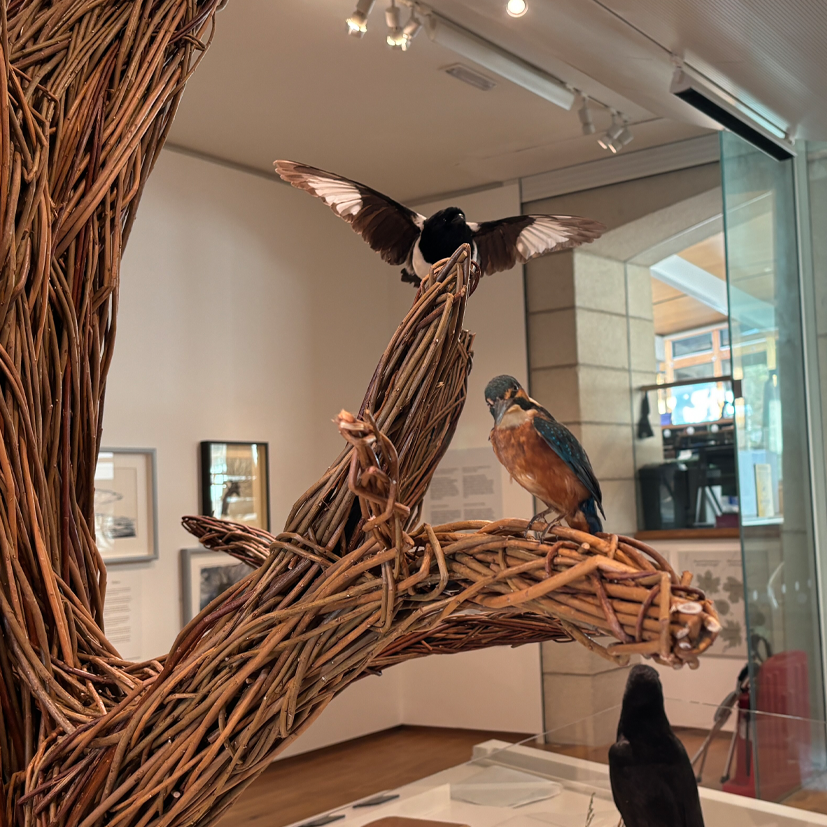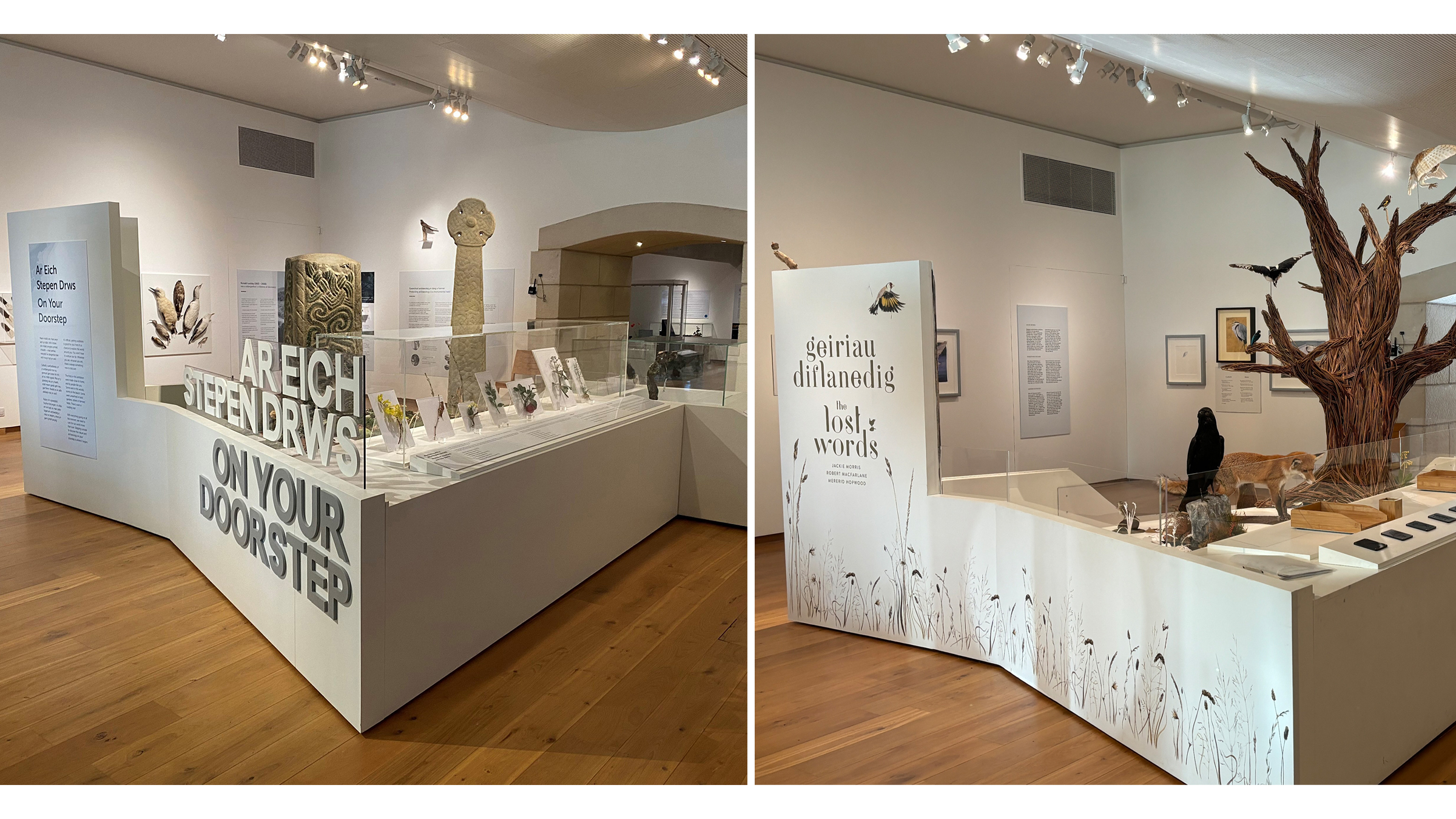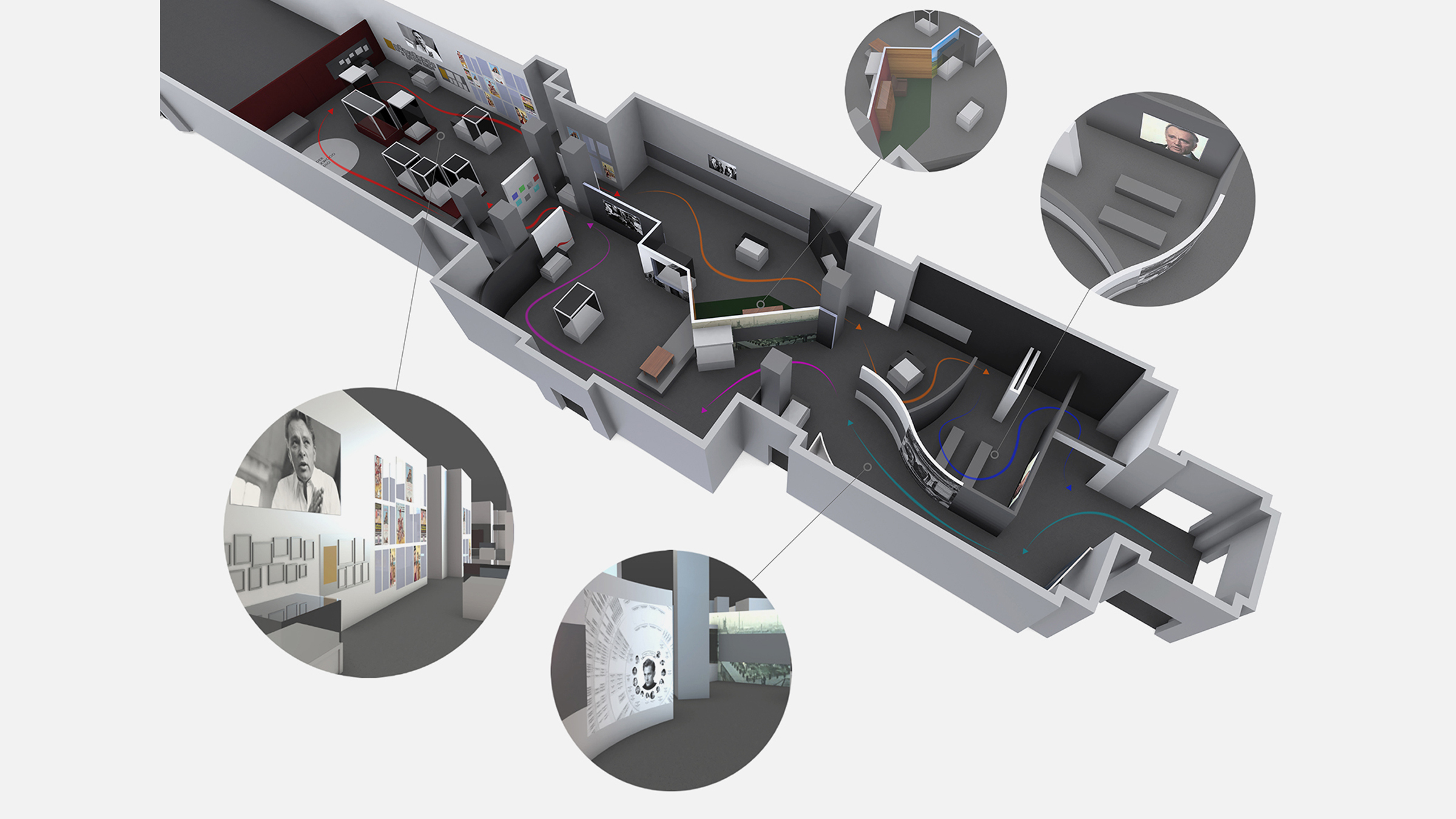Spaces Reimagined: How we craft meaningful environments
What’s ‘good’ design when it comes to spaces and environments? Spatial design is relatively new to our portfolio at PDR. It focuses on crafting human environments with an emphasis on how spaces feel, the interactions we have with them, and their potential to enhance the lives of those within them. In this blog User Centred Design Specialist, Catriona Mackenzie, defines Spatial Design and talks through our user centric approach to creating environments.
Defining Spatial Design
At its core, spatial design revolves around the creation or redesign of both interior and exterior environments. It delves deep into the user's journey through the space, their interactions within it, and how the environment makes them feel.
What does good Spatial Design look like?
Good spatial design carefully considers aesthetics but also caters to the diverse needs of user groups that come into contact with the space, ensuring the space is accessible, functional and responsive to different user's desires and needs. The process involves gaining a meticulous understanding of the environment itself, the related services that need to operate within it and the audiences that will interact with the space. At PDR, we incorporate the skills of our user-centred, industrial, and product design teams to tackle these projects and create meaningful environments.
Catriona emphasises, “A good space should have a positive impact on the people that come into contact with it.”
Recent Spatial Design Projects at PDR
“We’ve worked closely with Amgueddfa Cymru, National Museum of Wales on a few Spatial Design projects.” Some of these projects include:
- Becoming Richard Burton: An Exhibition following the story of Richard Jenkins through personal diaries and archives on how he became Richard Burton, the international star of stage and screen.
- On Your Doorstep: An exhibition aiming to inspire increased interest in local environment and surroundings following the travel restrictions during the 2020 pandemic.
“We’re proud of our user-centred design approach, which we deploy across product, service and spatial design projects too. For these projects we created workshops that bring together stakeholders from various fields to ensure that every voice is heard. This enabled us to create designs that align with the ambitions and needs of those involved.”


How can these projects be more sustainable and deliver lasting impact for clients?
On top of ensuring a broad range of audiences are satisfied, there are other challenges associated with the design of temporary exhibitions such as the cost and time associated with new builds and waste produced when the exhibition is over.
“There is always the challenge of waste in projects like these. As we continue to work in this field we are looking at ways to use sustainability as a guiding principle, to minimise waste, and leverage existing resources to create environmentally conscious solutions. The goal is to craft adaptable designs, reducing the environmental footprint of each project.”
“A great example of this is how Amgueddfa Cymru have been able to repurpose parts of our design for “On Your Doorstep” at Oriel Y Parc and give that build a new lease of life for their current exhibition, “Geiriau Diflanedig – The Lost Words”, which explores the relationship between language and nature.”
What’s next for PDR in Spatial Design?
Catriona shares, “We’d like to continue to work on exhibitions, commercial spaces, and other spatial design projects, carefully considering the audiences within the spaces we are creating as well as ways to minimise environmental impact. With our unique blend of user-centred, industrial and product design knowledge as well as that expanding capacity in environmental design, we're in a really good position to tackle projects like these from a lot of different angles.”
Next Steps
Learn more about our work or if you have an idea you’d like to discuss, contact us.

